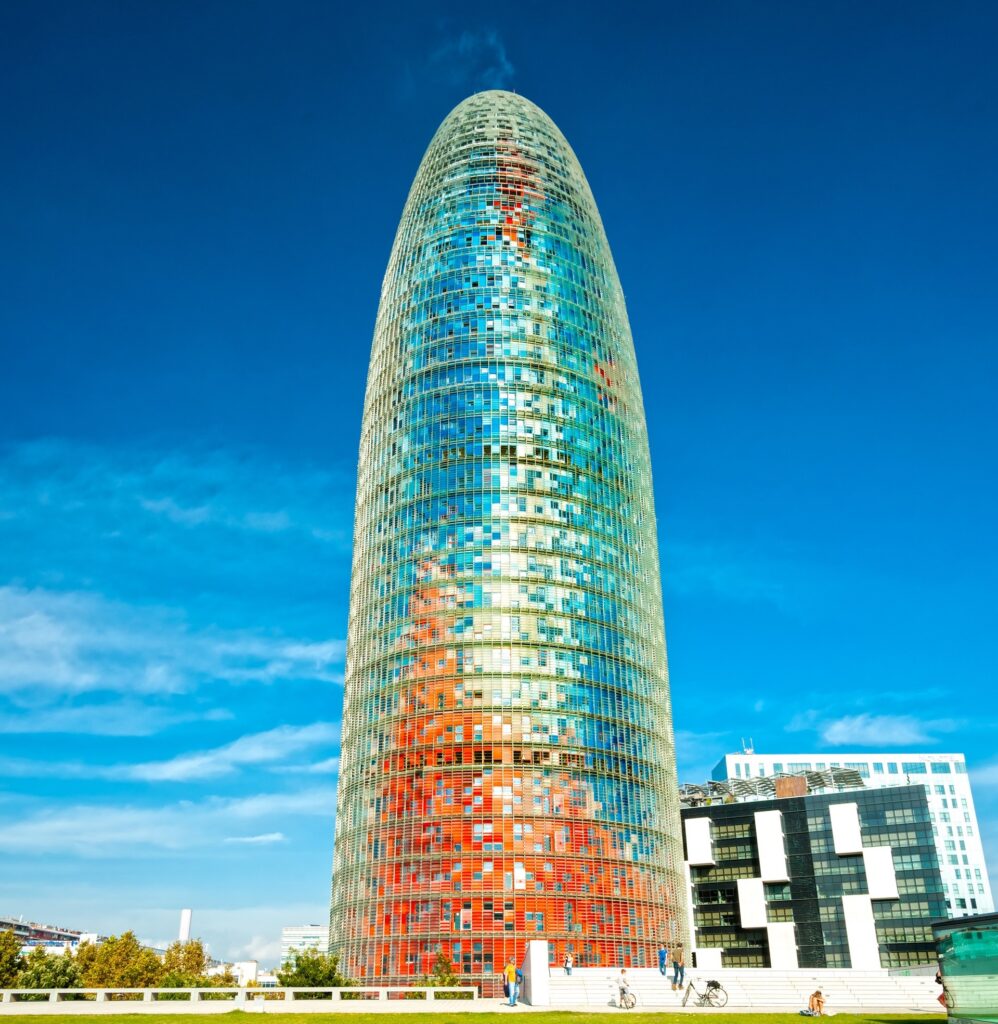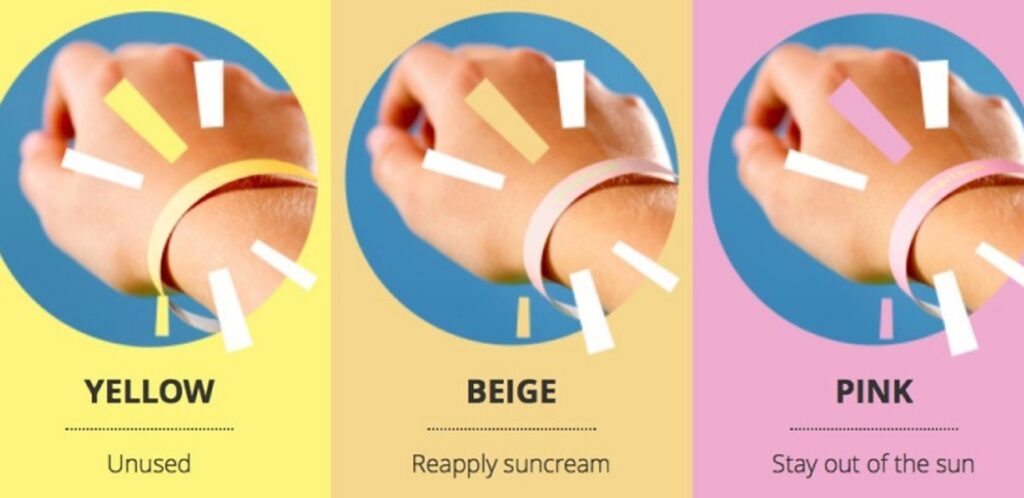The use of photochromic paints in modern construction and to indicate UV radiation excess


Architecture and construction are special industries. What counts there is not only the utility of a given object or a building but also its aesthetic value. In order to fulfill these criteria, it is necessary to pay attention even to the smallest details. Nowadays, constructors have many modern solutions at their disposal which make their work easier and more effective. These coatings are gaining continuous interest from companies from architecture and space arrangement. Photochromic paints work well from both aesthetic and typically practical point of view. What are photochromic paints distinguished by? How are photochromic paints used in construction?

Photochromic paints – dyes sensitive to light
The principle of action of photochromic paints is not complicated. These coatings are usually milky white or transparent. What distinguishes them is their high sensivity to UV radiation. Even with a trace of light, depending on a products, the colour changes or disappears. Importantly, the change does not occur immediately; it is gradual. The more radiation the coating gets, the more pronounced (or, on the contrary, faded) the colour.
Thanks to it, visual elements are visible even with a small exposure to light. The change of the colour of photochromic paint can be induced with natural light, e.g. sunrays, as well as artificial – for example, by using lightbulbs which emit UV radiation. The effect is reversible, hence when the light fades, the paint slowly goes back to its initial state. The coating can therefore colour under the influence of various stimuli, which is why it is versatile and has found its use in construction.
The importance of photochromic paints in construction
Currently, photochromic paints are gaining interest from the construction industry thanks to the array of their useful properties. Aesthetic-wise, their use is mainly engaging into a dialogue and play with the surroundings. What makes it possible are their rich visual qualities. On the other hand, the use of photochromic paints can also be practical. Thanks to their sensitivity to radiation changes, they can serve as indicators. For example, the excess of UV radiation norms can be monitored with the use of the coating.
Photochromic paints in architecture
Photochromic paints are one of the most interesting possibilities when it comes to architecture. Due to their unique properties, they allow the designers to resort to never-before-used solutions. The colour change under the influence of radiation of different intensity enables the designers to be creative. Thanks to photochromic paints, it is possible to shape the image, architectural elements and space, depending on the intensity of light in the room.
Surfaces react mainly to weather and external conditions such as different levels of ultraviolet radiation. The building facade, murals, or single details can change their colour under the influence of sunrays, showcasing the incredible possibilities of the modern architecture. The colours change under the influence of first rays of light and wake up to life along with the rising sun. Thanks to is, the objects are interesting and completely different at various times of the day. Photochromic paints are used not only in public space but also in designing houses and apartments.


Photochromic paints as UV indicators
UV radiation is present in many places and is especially dangerous at the work environment. It can be emitted by natural sources as well as artificial ones. The excess of established norms of radiation is harmful to the employees’ health. Due to this, its intensity should be constantly monitored. The norms are defined by OSH rules. There was the necessity to find effective indicators which would make the monitoring of the radiation intensity levels easier. Photochronic paints turned out to be a good solution to this problem.
Special paints enable the evaluation of exposure of employees and other people inside the building to danger. They use the colour change of photochromic dyes under the influence of UV radiation. The more radiation the coating absorbs, the stronger the colour of the indicator. Employees are informed about the excess of safety norms with the appearance or disappearance of colour (depending on the exact specification and the type of product used). Photochromic paint can then fulfill a warning function and efficiently inform about danger. The discolouration of the coating is reversible, which makes the indicators reusable.


We help you choose a product!
We are here to help you choose a special ink/paint or varnish for your specific project!
Tailor-made products are our specialty.



